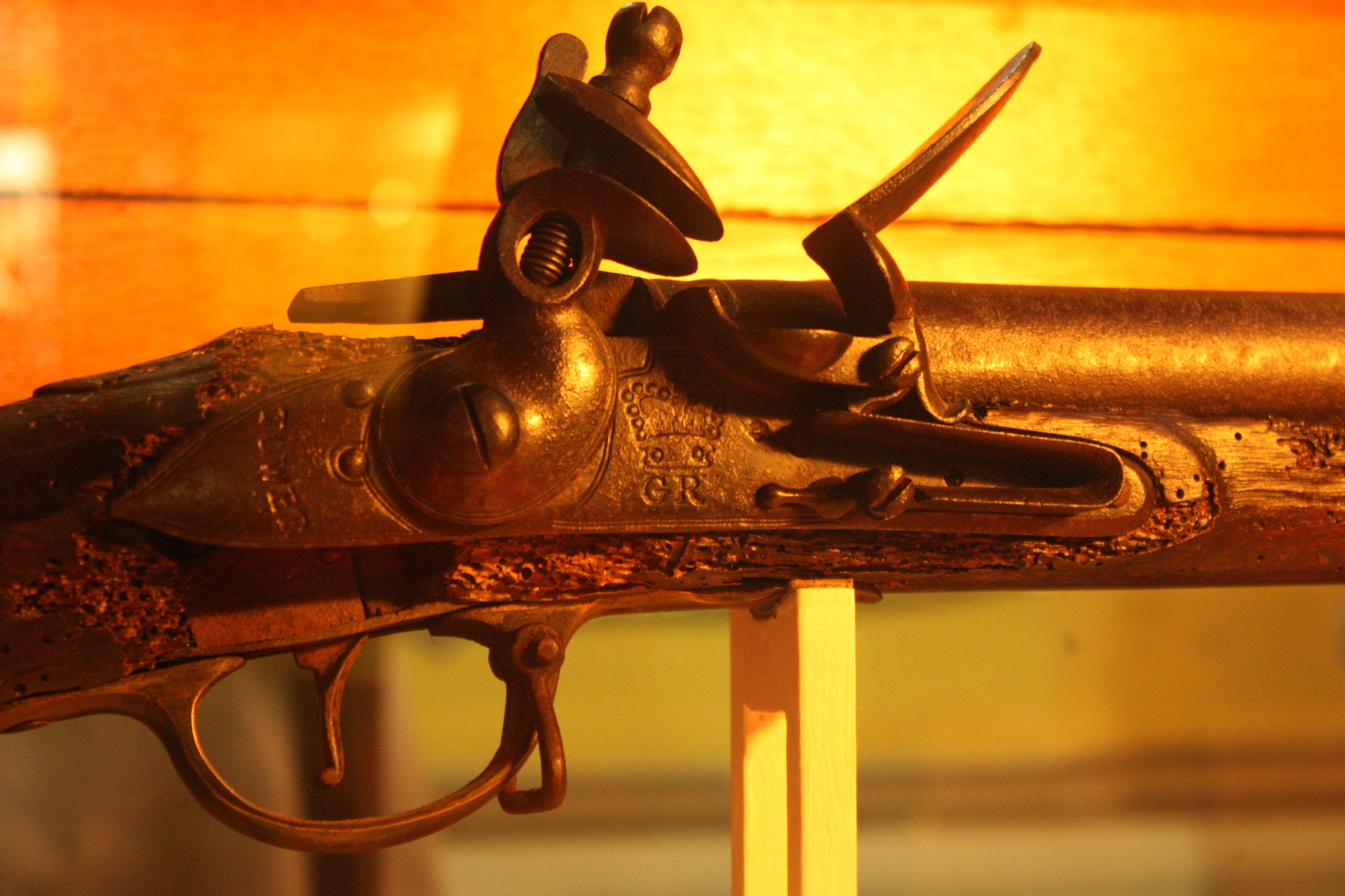 |
|
Although this is the
only photo in this post which was unmarked, I know the subject very
well. It is Uncle Lowell himself. There were two copies of this
picture in his collection, and my guess is that he had originally a
whole handful of them, which he signed and passed out to his buddies.
|
I have saved the
best for last! In this short series presenting my great-Uncle
Lowell’s small collection of pictures from his time in the Army, we
have finally reached the pile of marked photographs. This
sub-collection appears to be Lowell’s buddies, many of them giving
their postal address. I presume that they were exchanged towards the
end of their basic training (or perhaps their tours of duty), as a
way to keep in touch in the future.
Lowell had enlisted
on 10 Nov 1943, started service on 1 Dec 1943, and was released from
service on 18 Apr 1946. For at least part of that time, he served
with the Military Police.
If you find a photograph of your own loved one on this page, you may want to check out the first, second, third, and fourth posts in this series. There may be another, unmarked, photo among those pictures. And if you are able to identify any of those people, please let me know. I would love to find out!
This is one of the
few pictures with names and addresses on it that is set in front of a
building with slatted siding. I love that it shows the men playing
dice and drinking beer. The names are Albert Matkovich, with the
address 1271 E 170 St, Cleveland, Ohio, and B. L. (or B. F.?)
Simpson, with the address P.O. 62, Bells, Tenn.
Albert Matkovich
must have really wanted to keep in touch, because there are two more
signed pictures of him in Lowell’s collection.
This picture, also
signed by Albert Matkovich, appears to have been taken in the same
general area. Some of the buildings in the background have the same
type of siding as the building in the picture above, and several
wooden walkways are visible which are similar to the walkway shown in
the picture above. This time Albert Matkovich is shown hard at work
shoveling. His address is still 1271 E 170 St, Cleveland, Ohio.
Here is Albert
Matkovich yet again, with the same address of 1271 E 170 St,
Cleveland, Ohio. It is set in front of some sort of long building
with windows its entire length, perhaps a barracks? The building
number is “I 94 H,” and if you look carefully you will see that
every photograph posted below (with the possible exception of one)
was taken in front of the same building, as was the picture of Lowell
at the top of this post.
In this picture of
Pvt Desmond Call you can see a gas mask hanging from the shutter of
the window. His address is Soda Springs, Idaho. These were the days
of general delivery, in which one could address a letter with only a
name and city and the letter would still be delivered. I have found a
several cards or letters among my grandparents’ papers which are
addressed so simply.
In this photograph
of Ed Whitten, he does not rely on general delivery, but gives his
full address of 48 Rockvale Circle, Jamaica Plain, Mass. He also
parenthetically explains that he lives in the Boston area. In the
picture, he is showing his rifle.
This photograph is
the one possible exception to the series of photos in front of
building “I 94 H.” It is the only one in which the address is not
visible, and the only one in which the window shutters are closed. It
does, however, appear to be the same building. The man in the picture
is identified as Rocco Robertson of Providence, Rhode Island. On the
back the street address “87 Harold St” is added.
This photograph of
S. J. Marquis is once again taken in front of building “I 94 H,”
but in examining the address it becomes apparent that the image has
been reversed! He gives his address as 637 Prindle St., Chehalis,
Washington. With the relatively short distance of this address from
Lowell’s own in Portland, Oregon, I wonder if they ever got
together again after the war.
This last photo in
front of building “I 94 H,” also showing that gas mask dangling
from the window shutter, is of Wynn Tingey of Tremonton, Utah.
Sources:
National
Archives and Records Administration, "U.S. World War II Army
Enlistment Records, 1938-1946," database, Ancestry
(www.ancestry.com
: accessed 24 Aug 2015), entry for Lowell A Brosius; citing
Electronic Army Serial Number Merged File, 1938-1946 [Archival
Database]; ARC: 1263923. World War II Army Enlistment Records;
Records of the National Archives and Records Administration, Record
Group 64; National Archives at College Park. College Park, Maryland,
U.S.A.
National
Cemetery Administration, "U.S. Veterans Gravesites,
ca.1775-2006," database, Ancestry
(www.ancestry.com
: accessed 25 Aug 2015), entry for Lowell Brosius, Willamette
National Cemetery; citing National Cemetery Administration.
Nationwide
Gravesite Locator.
U.S.
Department of Veterans Affairs, "U.S., Department of Veterans
Affairs BIRLS [Beneficiary Identification Records Locator Subsystem]
Death File, 1850-2010," database, Ancestry
(www.ancestry.com
: accessed 25 Aug 2015), entry for Lowell Brosius; citing Beneficiary
Identification Records Locator Subsystem (BIRLS) Death File.
Washington, D.C.: U.S. Department of Veterans Affairs.






























